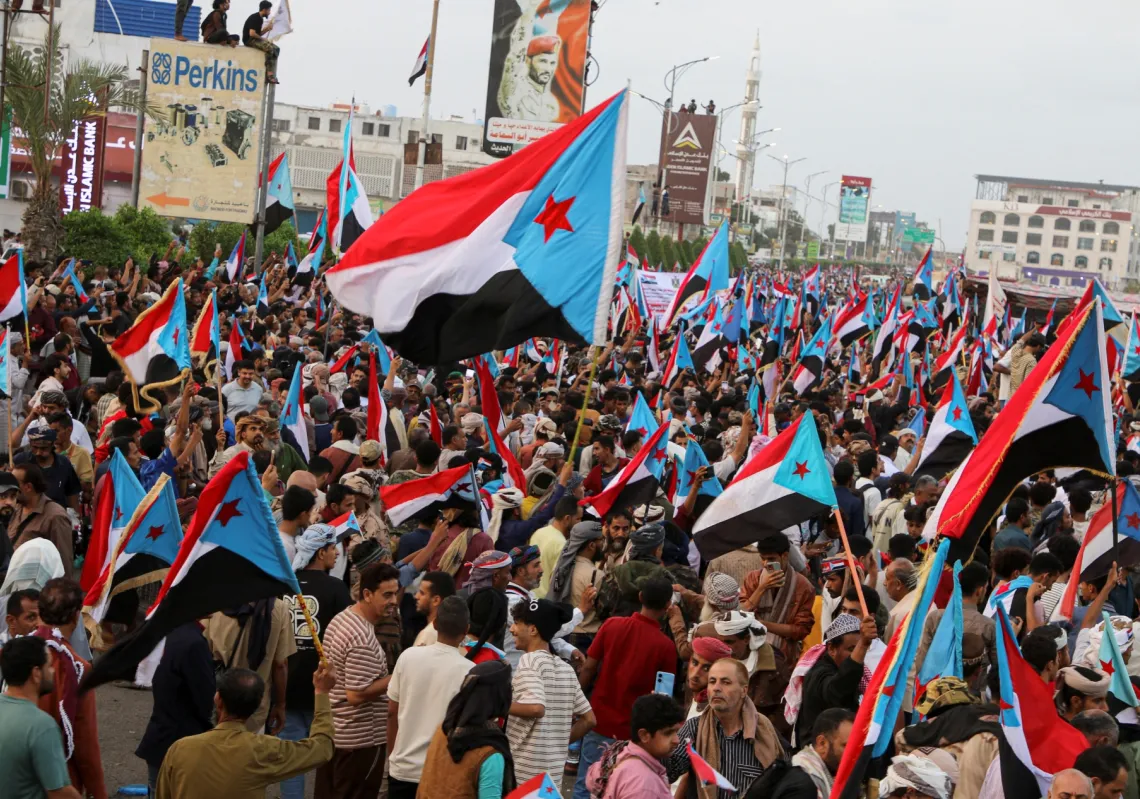The Suez Canal (SC) has an unmatched position in the hearts of Egyptians and Arabs given its unique geographic location. It is a majestic creation that can trace its roots back to early civilisation.
It was along the Suez Canal’s path, now thriving with commerce, that mankind first conceived of digging a navigable waterway, with work starting hundreds of years before Christ, making it among the first canals in human history.
The modern-day East-West link via the shortest and fastest crossing between the Mediterranean (Port Said) and the Red Sea (Suez) makes the Suez Canal the world’s most preferred maritime route for ships on that journey.
The statistics speak for themselves, clearly demonstrating its status as a key link in global logistics and worldwide supply chains of supply.
Approximately 12% of international trade, 10% of international oil and gas shipments, and 22% of container trade passes through the Suez Canal. This gives it paramount importance across the full gamut of the most important factors in world relations – geopolitics, economics, politics, military matters and international alliances.
Egypt knows well that its own national security is tied to the SC, which is, in turn, linked to the security of the Red Sea and the states on both of its coasts, not to mention the African countries bordering the Bab al-Mandab Strait, including Somalia, Djibouti, and Eritrea.
Humanity’s hopes and ambitions for a link between the Red Sea and the Mediterranean Sea run deep, reaching back to 2,000 B.C., as proven by monuments and ancient manuscripts from the era of Senusret III, the pharaoh of Egypt.
The underlying idea for this shipping shortcut never went away until it came to pass in colonial times, dominated by the French, and then the British, who kept tight guard of contracts to operate the Suez Canal after it was finally dug into Egyptian soil.
Watershed moment
Then, in 1956, ownership of the Suez Canal was nationalised by President Jamal Abdel Naser, resulting in the Tripartite Aggression by France, Britain, and Israel to take SC away, once again, from Egypt.
However, the aggression ended with Tripartite party retreating under US and international pressure, along with public resistance.
The 193km-long SC has always boosted Egypt’s political and economic position on the world map. Last November, the Suez Canal celebrated its 153rd anniversary of its inauguration by Khedive Ismael in 1869, although it was only 163km long back then.

It became, and remains, the shortest, fastest, and most secure maritime route between Europe and Asia, saving voyages between the Far East and Europe between eight and 11 days compared to the route via South Africa’s Cape of Good Hope.
The global greatness of the Suez Canal dates back to its decades-long construction. A spectacle of human achievement, it involved “about one million Egyptian labourers of whom nearly 100,000 fell as martyrs while digging”, according to an official account by Egypt’s education ministry.
The deaths were a result of famine, thirst and forced and hard labour. The huge loss of life contributed to the Suez Canal becoming a national symbol. It was viewed as a project steeped in the blood, sweat, and tears of labourers.
Egyptians take immense pride in the nationalisation of the Suez Canal — a key moment of historic importance which paved the way for other national mega projects, including the High Dam, and many poems and songs were written to celebrate the canal.

















